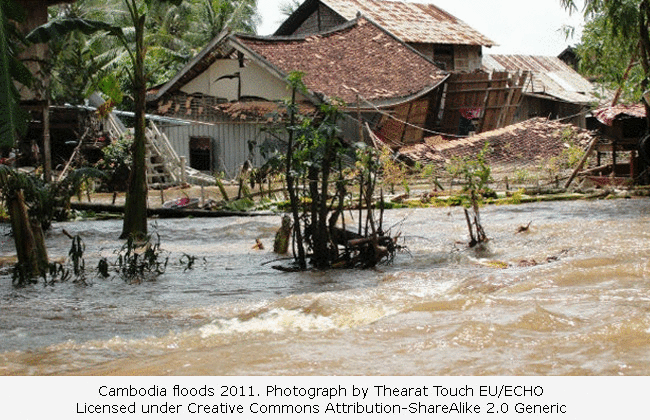Disasters
The five countries of the Lower Mekong make up one of the most disaster-prone regions in the world. Cambodia, Lao PDR, Myanmar, Thailand and Vietnam are frequently affected by natural disasters, primarily floods, tsunamis, storms and drought. Other potential risks include earthquakes, fires, pandemics, landslides, and death by lightning. Furthermore, these Lower Mekong Countries (LMCs) have been identified as being at high risk for the impacts of climate change, due to geography, resilience, and ability to adapt. Natural disasters are expected to increase in frequency, and together with human-caused disasters, the potential impact of disasters on the LMCs is expected to be devastating.
Read more about disasters and their potential impacts on the LMCs here.
Non-governmental preparedness and response agencies
Natural disasters are likely to have transboundary effects. Additionally, least developed countries – Cambodia, Lao PDR, and Myanmar – are limited in their resiliency (or ability to withstand a natural disaster or emergency event) and ability to respond should they experience a major natural disaster. As such, the assistance of regional and international agencies in responding to disasters and other such emergencies is necessary, to bolster any relevant national response policies.
To read more about relevant non-governmental preparedness and response agencies click here.
Disaster preparedness and emergency response policy and administration
Preparing for potential natural disasters in the LMCs is an important aspect of regional and international policy. Regionally, the Association of Southeast Asian Nations and the United Nations Economic and Social Commission for Asia and the Pacific have relevant policies, as does the Mekong River Commission. Internationally, disaster preparedness is considered to BE a cross-cutting issue in the UN’s 2030 Agenda for Sustainable Development, and NASA data is considered useful in supporting responses.
Read more about relevant policy and administration here.


